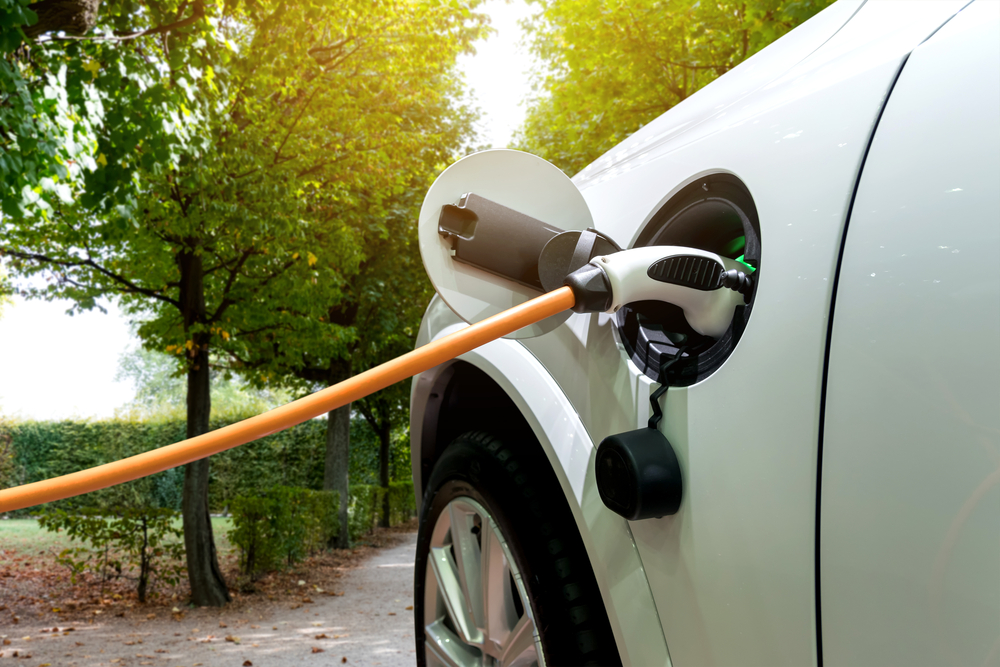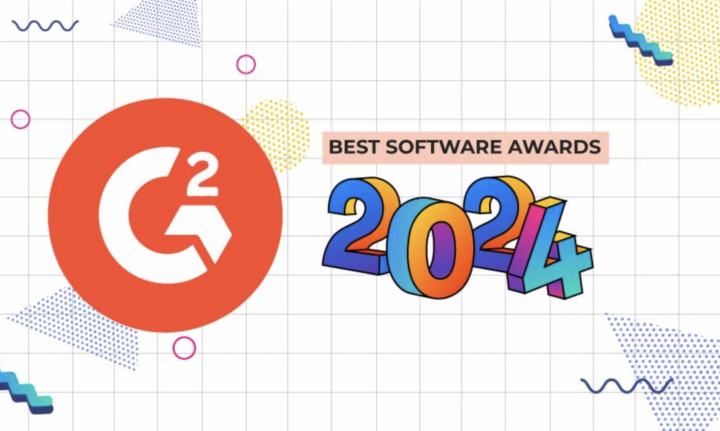Two Chicago-based women co-founded LuminAID, which created an ultra-portable inflatable light that is charged using solar power.
Architecture students Anna Stork and Andrea Sreshta were asked to design a product to assist post-earthquake aid efforts in Haiti in 2010. Although aware that the main human needs are food, shelter and water, the two women saw the dangerous living conditions when the relief camps were plunged into total darkness. They then decided to focus their attention on light, and LuminAID was born.
The waterproof light is charged using the power of the sun, and can be brought to a full battery with 15 hours of sunlight or in 1-2 hours by USB. When full, the standard lamp can produce up to 17 hours of light. Although this doesn’t sound like news, the women added an extra twist: the light folds to an inch thick when not in use, but once inflated it diffuses light like a lantern.
In 2012, they won first place in Chicago Booth’s Social New Venture Challenge, receiving £25,000 and the following year they were awarded $100,000 for the Early Stage Prize at the Clean Energy Challenge in Chicago. But their big break came in 2014 when they appeared on the entrepreneur-centric reality television show Shark Tank, where the got offers from all of the judges, finally making a deal with Mark Cuban.
The lights are incredibly useful for hikers, adventurers, or just to keep in a drawer for a power cut. In 2017, they unveiled a new light, called the Packlite Max 2-in-1, which is a phone charger as well as a light. It provides 150 lumens at full power and can provide light on low power for 50 hours on a single charge.
LuminAID is a company with a strong social conscience, and it has worked with many NGOs including Doctors Without Borders and Shelterbox, giving out their lights after disasters such as the earthquake in Nepal and Hurricanes Irma, Harvey and Maria. Their Give Light Get Light campaign encourages light donations to people in need across the world, which number over 50,000 to date.
AidForum affirms that after natural disasters, survivors are often placed in hastily built refugee tents, where families can be separated in camps which have populations larger than many cities. Light becomes a priority, but people have to rely on candles, which create a fire hazard, or use contaminating dirty fuel lamps.
Amnesty International has also reported how a lack of clean light raises the risk of sexual violence against women and girls as they are more vulnerable in dark camps.
The 2010 Haiti earthquake was the first natural disaster where companies were able to distribute solar energy over a large area. According to National Geographic, even before the earthquake, electricity was only accessible to 12.5 percent of the population, with many relying on diesel generators. As the cost of diesel spiked after the disaster, the solar power provided in the camps provided inspiration to bring solar power to Haiti.
Global Risk Insights reported that Haiti’s capital Port-au-Prince has solar-powered street lights and even a 100 percent solar-powered hospital. Although solar power is booming, the money isn’t coming back to the country. ENERSA, a 2007 Haitian startup, is the only company in the nation that produces solar panels, but it cannot compete with US prices. Alex George, the co-founder of ENERSA, told Global Risk Insights that this is why they had been losing contracts on community streetlight projects, and that the government should work together with home-grown talent to develop the industry.
Solar power is a growing market, and with their community projects, LuminAID are taking solar power awareness all over the world. This shows communities that it is possible to have clean, safe light without reverting to fossil fuels, and encourages countries to develop a nascent solar industry.









